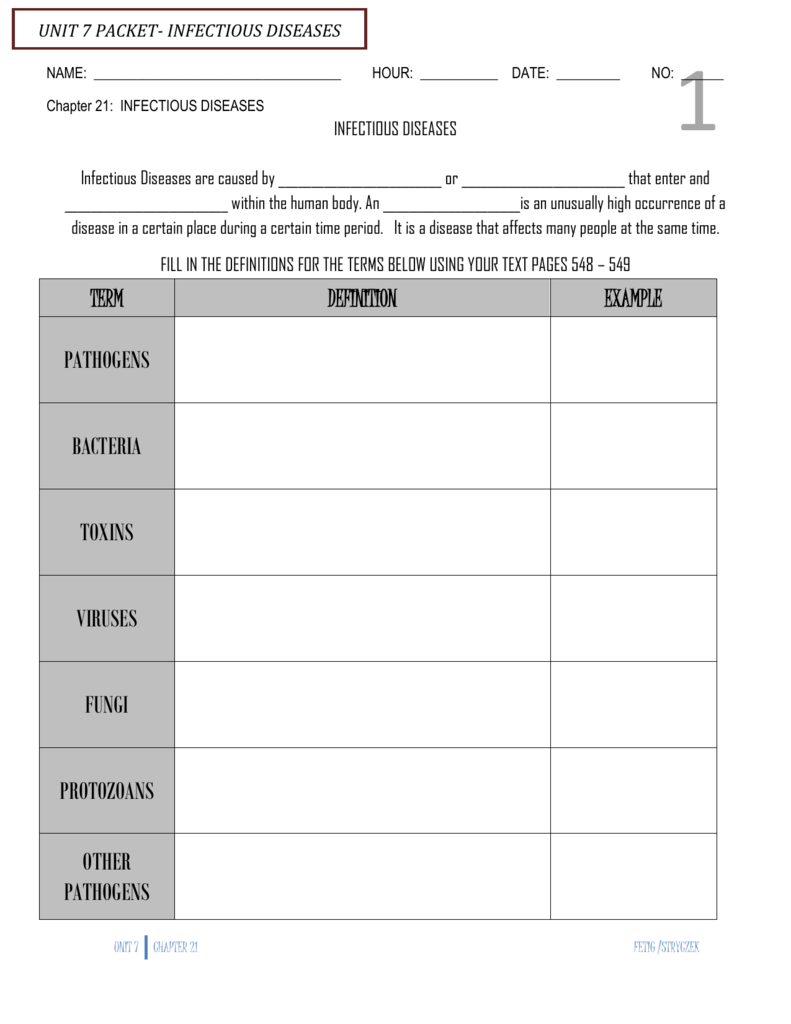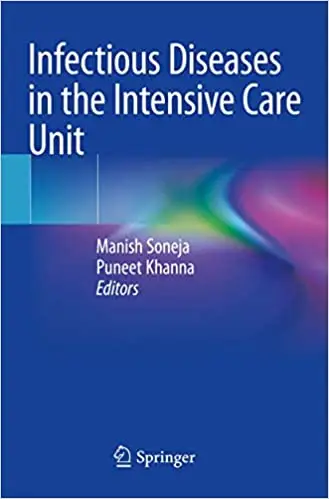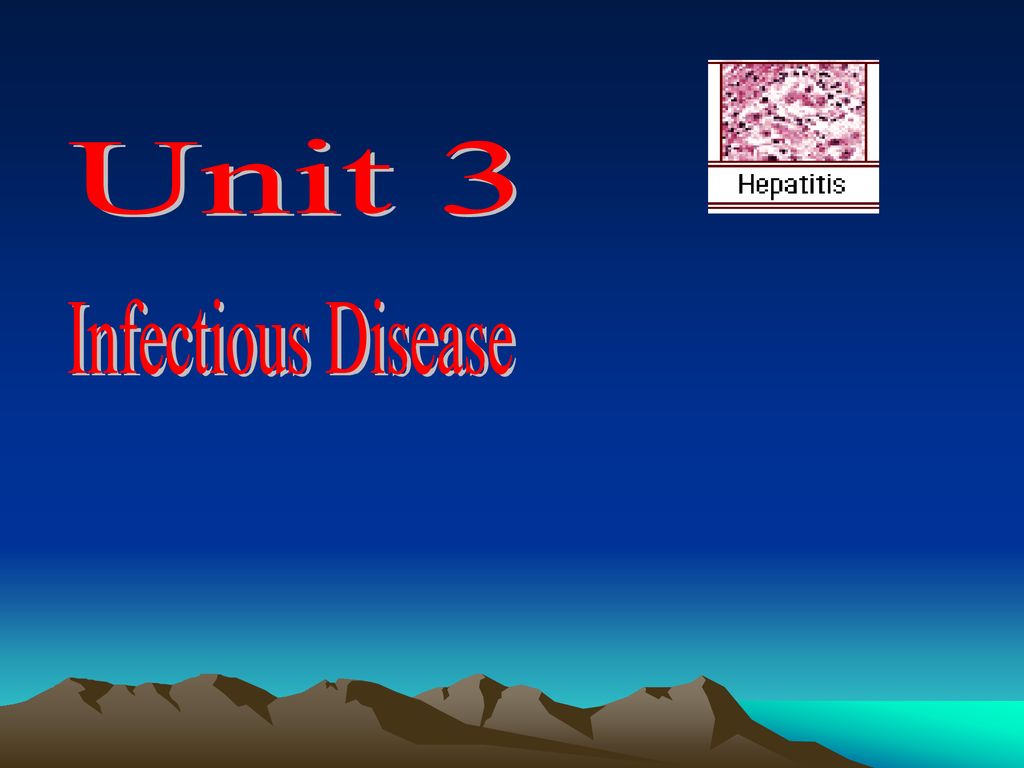Q3 Communicable Diseases Report 2016
This is the Communicable Diseases Quarterly report from Public Health Services for the period 1 July to 30 September 2016.
Communicable disease is spread by coughing or sneezing. Cover your nose and mouth with a tissue when you cough or sneeze. Throw the tissue in the trash after you use it. Wash your hands with soap and water, especially after you cough or sneeze. Alcohol-based hand cleaners called sanitizers are also effective. West Nile Virus and Other Arboviral Diseases: LA County Epidemiology Report #5 (12-4-20) LAC DPH Health Alert: Wound Botulism Cases Associated with Heroin (10-29-20) CDPH Health Advisory: Resurgence of Candida auris in Healthcare Facilities in the Setting of COVID-19 (8-20-20). Grade 9 Sample Lesson Plan: Unit 3 – Communicable Diseases Kinesthetic Word Web. 9.1.F Identify types of pathogens that cause disease. 9.2.A Identify health risks and other factors that affect the function of the endocrine system. Comprehend concepts related to health promotion and disease prevention to enhance health. Level 6 Unit 3 Part 2 Listening: Infectious Diseases Despite advances in technology, one of the biggest threats to human survival comes from primitive life forms. Infectious diseases are caused by micro-organisms, such as bacteria, viruses and parasites(寄生虫). Start studying Health Unit 3 Communicable Diseases. Learn vocabulary, terms, and more with flashcards, games, and other study tools.
It includes commentary on selected diseases and a table of all diseases reported for this period.
Key Points
- Increased notifications of HIV infection
- Dengue case notifications continue
- Cases of invasive meningococcal disease
- Shigellosis cases elevated

Human Immunodeficiency Virus (HIV)
Seven cases of HIV infection were notified during the third quarter, which was greater than the five year mean for the same period (three cases). There was no evidence to indicate that any of the cases were recently acquired infections.
In Tasmania, a collaborative multimedia campaign encouraging testing was rolled out. Compared to the same period last year, HIV testing has increased by 10-15 per cent at Sexual Health Services and a private pathology laboratory.
Dengue and Chikungunya
Unit 3 Communicable Diseases Disease
Ten cases of dengue were reported in the third quarter which was greater than the five year mean of three cases, for the same period. All cases of illness were acquired overseas, with travel to various regions which included Indonesia and Thailand. Increased notification of overseas acquired dengue cases was also noted in the previous quarter (14 cases).
There was one case of chikungunya notified this quarter, which was the second case reported this year. The most recent case was acquired in India; the other case reported earlier this year was acquired in Cuba.

Dengue and Chikungunya are mosquito-borne diseases. Tasmania does not have the Aedes mosquitos that can spread these viruses.
Dengue is endemic in many tropical and subtropical areas. Chikungunya is endemic to most of Africa and has now become established in the India Ocean region, South East Asia and some parts of the Western Pacific, the Caribbean and emergent in other areas such as Italy.
There are no specific treatments or vaccines. The best way to protect against diseases such as dengue fever, zika and chikungunya is to avoid mosquito bites.
Meningococcal Disease (invasive)

Two cases of invasive meningococcal disease (IMD) were reported this quarter. While the number of cases was less than five year mean (three cases), the type of Neisseria meningitidis associated with both cases is of note. The cases were not related to each other, but were typed as Type W strains. Nationally, Men W has emerged as a significant cause of IMD since 2015.
The cases were atypical as they presented with fever and joint inflammation, with the Neisseria meningitidis bacteria being isolated in specimens of joint fluid in both cases. There was an extensive public health response to both cases, with the organisation of clearance antibiotics and vaccination for household-like contacts.

The Public Health Services website contains information on meningococcal disease
Rubella
One case of rubella was diagnosed this quarter in a female aged in her 50’s. Rubella is rarely reported in Tasmania as there are high levels of immunisation in Australia.
In most cases rubella is a mild disease; however infection in early pregnancy can cause serious birth defects or miscarriage. Rubella can be difficult to diagnose because there are many other viruses that cause similar illnesses with a fever and a rash. A blood test will confirm if someone has rubella.
The Public Health website contains information on rubella and the current immunisation schedules
Shigellosis
There were five cases of shigellosis diagnosed this quarter; this was elevated compared to the five year mean for the same period (two cases). The majority of cases reported overseas travel in their acquisition period.
A shigellosis case in an elderly male with no recent overseas travel appears to be locally acquired. The source of infection was not able to be definitively identified.
Institutional Outbreaks
During this quarter there were four non-foodborne institutional outbreaks of gastroenteritis reported to Communicable Diseases Prevention Unit (CDPU). This number was less than the average number of outbreaks reported during the second quarter of the previous five years (12 outbreaks). All four outbreaks were classified as person to person transmission.
Communicable Diseases Pdf
Two outbreaks occurred in aged care facilities, one outbreak occurred in a childcare centre and one outbreak occurred in a hospital. The facilities were located across the state.
Norovirus was the infectious agent in two institutional outbreaks. The infectious agent in the remaining two outbreaks was unable to be determined.
Gastroenteritis in a residential, educational or childcare institution (similar gastrointestinal illness in two or more people within three days) is notifiable in Tasmania and should be reported to the CDPU via the Public Health Hotline - Tasmania 1800 671 738.
Unit 3 Communicable Diseases Symptoms
This report is produced by the Communicable Diseases Prevention Unit of Public Health Services. For any queries and feedback please make contact via cdpu.surveillance@dhhs.tas.gov.au
Information about influenza activity in Tasmania is available in the fluTAS Report. Information about notifiable diseases in Tasmania is available from the CDPU website.
National communicable disease information and reports are available from the Department of Health and summary national data is available from the National Notifiable Disease Surveillance System

Table: Notifiable diseases reported in Tasmania during the third quarter of 2016 (July-September) with comparison to previous quarters by derived diagnosis date.
Q3 2016 | Q2 2016 | Q3 2015 | Q3 5y Mean* | Ratio ^ | 2016 YTD# | ||
|---|---|---|---|---|---|---|---|
Barmah Forest Virus | 0 | 0 | 1 | 0 | 0 | 0 | |
Campylobacteriosis | 267 | 208 | 244 | 192 | 1.39 | 836 | |
Chikungunya | ¨ | 1 | 0 | 0 | 0 | 0 | 2 |
Chlamydia | Ø | 254 | 446 | 395 | 420 | 0.6 | 1182 |
CJD | 0 | 0 | 0 | 0 | 0 | 0 | |
Cryptosporidiosis | 12 | 5 | 9 | 14 | 0.86 | 24 | |
Dengue | ¨ | 10 | 14 | 3 | 3 | 3.33 | 28 |
Flavivirus infection (unspecified) | 0 | 1 | 0 | 0 | 0 | 1 | |
Gonococcal Infection | 18 | 23 | 12 | 11 | 1.64 | 56 | |
Haemolytic Uraemic Syndrome | 0 | 1 | 0 | 0 | 0 | 1 | |
Haemophilus Influenzae Type B Infection (invasive) | 0 | 0 | 0 | 0 | 0 | 0 | |
Hepatitis A | 0 | 0 | 0 | 1 | 0 | 0 | |
Hepatitis B-Newly Acquired | 0 | 0 | 0 | 2 | 0 | 1 | |
Hepatitis B-Unspecified | 15 | 12 | 13 | 12 | 1.25 | 33 | |
Hepatitis C-Newly Acquired | 3 | 4 | 8 | 6 | 0.5 | 15 | |
Hepatitis C-Unspecified | 65 | 53 | 64 | 55 | 1.18 | 168 | |
Hepatitis E | 0 | 0 | 0 | 0 | 0 | 0 | |
HIV infection - newly acquired | 0 | 1 | 1 | 1 | 0 | 3 | |
HIV infection - unspecified | ¨ | 7 | 1 | 3 | 3 | 2.33 | 10 |
Hydatids | 0 | 0 | 0 | 0 | 0 | 0 | |
Influenza | 738 | 73 | 1152 | 606 | 1.22 | 860 | |
Legionellosis | 0 | 5 | 2 | 3 | 0 | 7 | |
Leprosy | 0 | 0 | 0 | 0 | 0 | 1 | |
Leptospirosis | 0 | 0 | 0 | 0 | 0 | 0 | |
Listeriosis | 0 | 1 | 0 | 1 | 0 | 1 | |
Lymphogranuloma venereum (LGV) | 0 | 0 | 0 | 0 | 0 | 0 | |
Malaria | 0 | 0 | 0 | 2 | 0 | 1 | |
Measles | 0 | 3 | 0 | 1 | 0 | 3 | |
Meningococcal Disease (invasive) | 2 | 0 | 1 | 3 | 0.67 | 4 | |
Mumps | 1 | 1 | 0 | 1 | 1 | 4 | |
Paratyphoid | 0 | 1 | 0 | 0 | 0 | 2 | |
Pertussis | 11 | 9 | 13 | 89 | 0.12 | 27 | |
Pneumococcal Disease (invasive) | 12 | 17 | 16 | 15 | 0.8 | 35 | |
Psittacosis(Ornithosis) | 0 | 0 | 0 | 0 | 0 | 0 | |
Rickettsial Infection | 0 | 0 | 0 | 0 | 0 | 0 | |
Ross River Virus | 0 | 2 | 0 | 0 | 0 | 5 | |
Rotavirus | 2 | 9 | 6 | 14 | 0.14 | 28 | |
Rubella | ¨ | 1 | 0 | 0 | 0 | 0 | 1 |
Salmonellosis | 40 | 75 | 34 | 35 | 1.14 | 226 | |
Shiga toxin producing E.coli | 0 | 0 | 0 | 0 | 0 | 0 | |
Shigellosis | ¨ | 5 | 2 | 3 | 2 | 2.5 | 8 |
Syphilis-infectious | 0 | 1 | 4 | 4 | 0 | 2 | |
Syphilis-unknown duration | 2 | 5 | 2 | 3 | 0.67 | 7 | |
Tuberculosis | 2 | 1 | 2 | 3 | 0.67 | 5 | |
Tularaemia | 0 | 0 | 0 | 0 | 0 | 0 | |
Typhoid | 0 | 0 | 1 | 0 | 0 | 1 | |
Typhus | 0 | 0 | 0 | 0 | 0 | 0 | |
Varicella zoster (chicken pox) | 14 | 22 | 20 | 12 | 1.17 | 56 | |
Varicella zoster (shingles) | 72 | 78 | 58 | 61 | 1.18 | 221 | |
Varicella zoster (unspecified) | 34 | 36 | 36 | 25 | 1.36 | 109 | |
Vibrio Infection | 0 | 0 | 0 | 0 | 0 | 8 | |
Yersinia | 3 | 2 | 8 | 2 | 1.5 | 7 |
*This figure is based on the five-year quarterly mean, calculated for this report quarter, for the years 2011-2015.
^The ratio is the number of cases notified in the quarter compared to the five-year mean for that quarter.
#Year to date count at the end of the reporting quarter.
¨Disease case numbers are beyond two standard deviations of the historical five-year mean for this period of time.
Ø Chlamydia notification data is current up to 25 August 2016. This number does not represent all notifications that have been received this quarter.
Data are extracted based on the available date closest to the disease onset date. Data are subject to change over time due to ongoing data review processes.
As well as true changes in disease incidence, changes in surveillance practice, diagnostic techniques and reporting may also contribute to increases or decreases in notifications received over time.
